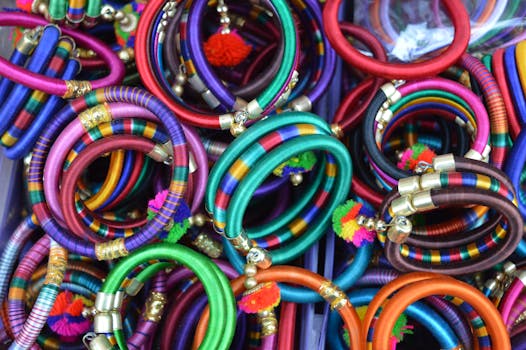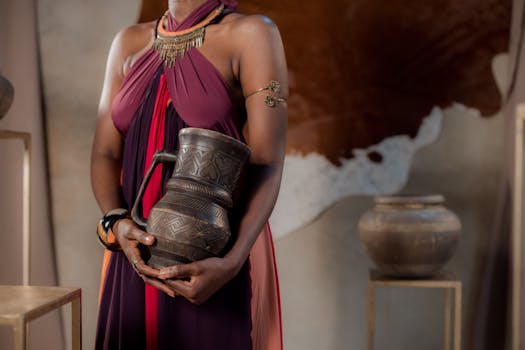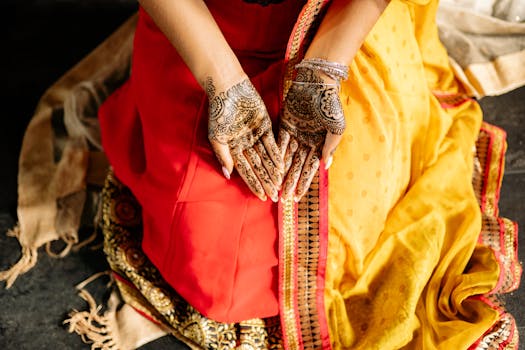Exploring the Cultural Significance in Traditional Jewelry Designs
Takeaways: Traditional jewelry is more than just adornment; it encapsulates cultural heritage, social identity, and historical narratives. Understanding these designs can provide invaluable insights into the values and beliefs of different societies.
Jewelry has been an integral part of human civilization, serving not only as a means of adornment but also as a vessel of cultural expression. Each piece of traditional jewelry carries with it a story, a history, and a deep-seated significance that reflects the culture and values of the people who create and wear it. In this article, we will explore the cultural significance of traditional jewelry designs, how they connect to identity, and their role in various societies around the world.
The Role of Traditional Jewelry in Cultural Identity

In Africa, traditional jewelry varies significantly across regions and tribes, with each piece telling a different story about the wearer’s lineage, marital status, and social rank. For instance, the Maasai people adorn themselves with colorful beadwork, which is not only beautiful but also reflects their cultural heritage and community ties. The colors and patterns used in their jewelry often hold specific meanings, conveying messages about identity, status, and tribal affiliation.
Jewelry can also play a crucial role in rites of passage and significant life events. In many cultures, wedding jewelry is particularly important, symbolizing love, commitment, and the union of two families. In some Asian cultures, the gifting of gold jewelry during weddings is a tradition that signifies prosperity and good fortune for the couple. In this way, traditional jewelry becomes a tangible representation of cultural values and beliefs, passed down through generations.
Artistry and Craftsmanship in Traditional Jewelry

In South America, indigenous peoples often use natural materials such as seeds, shells, and feathers to create jewelry that reflects their connection to the land and their ancestors. The designs often draw inspiration from nature, spirituality, and the community’s mythology. This connection to the environment and heritage is a fundamental aspect of the cultural significance of traditional jewelry.
Moreover, the symbolism embedded in the designs adds another layer of meaning to traditional jewelry. For example, the use of certain motifs or symbols may represent protection, fertility, or prosperity, depending on the culture. These symbolic elements are not arbitrary; they are steeped in history and shared beliefs, making each piece of jewelry a storyteller in its own right.
Conclusion

